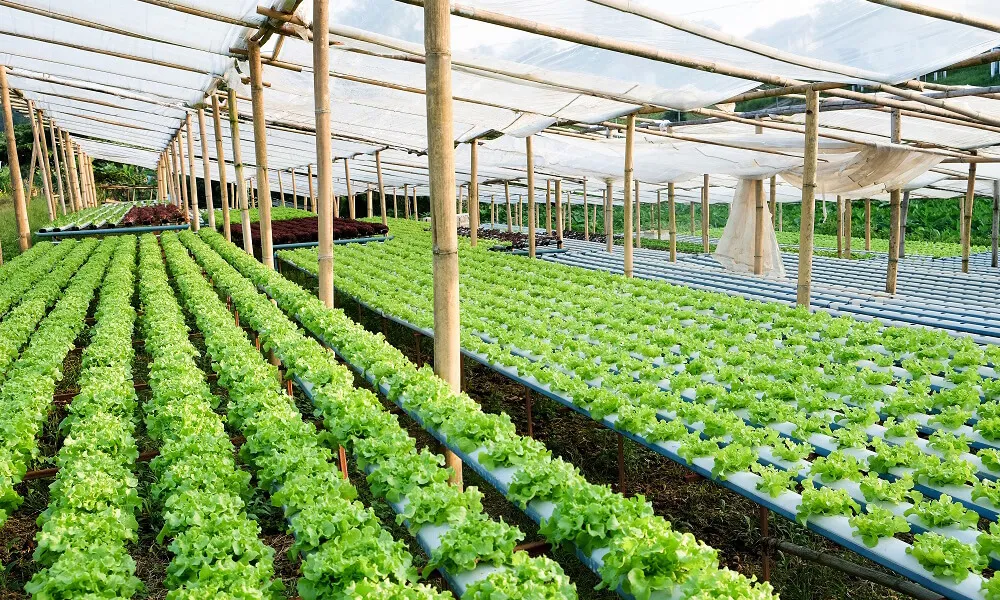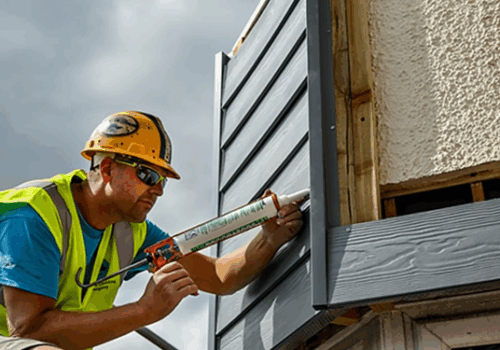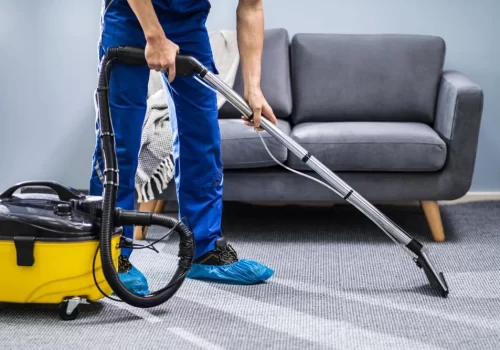Shade Netting: How to Use it to Protect Crops From Birds?
Crops face a constant threat from birds and pests, and to get the best yield, you can’t compromise on the quality of shade netting. This boosts photosynthesis and plant physiology.
What is it Exactly?
It’s a physical barrier that keeps birds from eating the crops. These protective nets are usually made from polyethylene or other weather-resistant fabrics.
As much as this agricultural netting keeps birds and pests away from the crops, it also prevents birds from nesting close to the crops, meaning all-out protection.
But that’s not all. The netting also filters the sunlight that reaches your crops, providing a better climate in the shade for the crop to thrive.
Keeping Pests at Bay
Shade netting protects crops from moths. They often lay eggs on crops or sap nutrients from leaves. A net keeps them safe from these pests, reducing the need for chemical sprays.
The controlled environment reduces plant stress and lowers the chance of disease outbreaks. A cooler and shaded area also helps certain vegetables and leafy greens grow faster and retain more nutrients.
In other words, it’s not just about protection—it’s about better crop quality.
Multi-Seasonal Use
Shade nets protect crops from heavy weather. Be it scorching heat or sudden rainfall, the net holds strong without tearing. This durability is one of the key reasons more farmers are switching to structured protection systems. Farmers switch to these nets for this reason.
A good shade netting solution also helps in temperature regulation. By cutting down the harshness of direct sunlight, it prevents crops from getting sunburnt, especially during peak summers.
This makes it useful for both seasonal crops and high-value produce that require steady conditions.
What About Birds?
Birds are often underestimated threats in open farming. They peck at seeds, eat fruits, or damage young plants while trying to perch. Some come in flocks to wipe out a significant amount of crops in a day.
That’s where anti-bird netting proves vital. This netting is designed with a wide-enough mesh to block birds but still allow air and light to pass through. It can be installed on poles, across greenhouses, or as individual covers for fruit trees.
Farmers who use this netting notice fewer losses, especially during the harvest season when fruits are at their ripest and most attractive to birds.
And since the material is UV-stabilized, it doesn’t break down easily under the sun, making it a one-time investment for multiple crop cycles.
Installation Tips
Installation depends on the type of crop and the area you’re covering. For small-scale usage, nets can be draped directly over rows of crops using bamboo or metal frames. For larger farms, structured roofing or tunnel frames provide more permanent coverage.
Regardless of the method, it’s important to stretch the net tightly and secure it well at the corners. Loose netting can get caught by the wind or allow small pests to sneak in.
For vertical crops like tomatoes or peppers, the netting can be used like a curtain around the plants, offering full side protection.
Don’t forget to keep regular checks on the net. If you notice tears or sagging, patch it up quickly to maintain full coverage.
Choosing the Right One
The right choice of nets depends on factors like the kind of pest or bird you’re dealing with, the weather in your region, and the crop type.
This is where a reliable net manufacturer can keep your crops safe. A trusted supplier will guide you through different mesh sizes, materials, and installation options based on your specific needs.
Some manufacturers even offer custom-built netting rolls and support structures, making setup easier and more efficient.
Always go for nets that are UV-protected, tear-resistant, and designed for outdoor agricultural use. A cheap net may seem like a good deal, but it usually ends up being a temporary fix.
Conclusion
Using agricultural netting is more than just a pest control measure. It’s a proactive step toward improving the overall health and productivity of your farm.
Whether you’re growing vegetables, fruits, or leafy greens, the benefits of shade netting are hard to ignore. From preventing bird attacks to regulating temperature and boosting plant strength, this simple barrier plays multiple roles on the field.
And the best part? It’s low maintenance, long-lasting, and sustainable. With minimal effort, you can protect your investment, reduce losses, and offer better quality produce to your buyers.
All it takes is the right net, the right setup, and a little help from a good net manufacturer.




